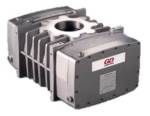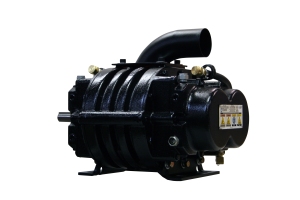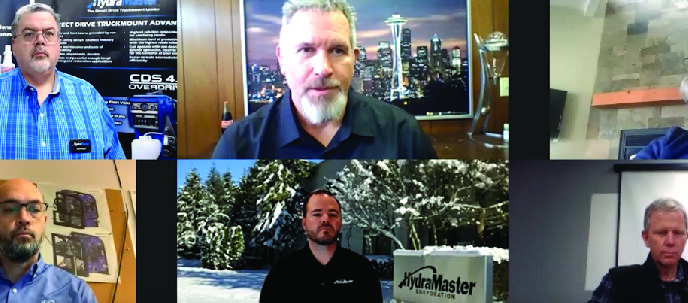Myths, Fables and Facts about Vacuum Science
Never in recorded history has a subject been discussed as much, and understood as little, as vacuum systems and their effects on carpet cleaning. There are hundreds of professional cleaners who own truckmounts that are more than willing to share their knowledge, and opinion, about vacuum performance. The ultimate measure of vacuum performance when it comes to the carpet cleaning customer is how long the carpet takes to dry. But even that has many variables, even at 400+ cfm vacuum performance and higher.
 Given the complexity of vacuum theory and the industry confusion surrounding it, carpet cleaning businesses often end up on a blind quest when searching for a truckmount with a more powerful vacuum.
Given the complexity of vacuum theory and the industry confusion surrounding it, carpet cleaning businesses often end up on a blind quest when searching for a truckmount with a more powerful vacuum.
To keep from being vulnerable to claims that go beyond the real world of vacuum physics, let’s explore some of the misconceptions out there.
Myth #1: The more lift a system has, the better the cleaning will be
To illustrate why this is a myth, put a marble on a table and place your vacuum hose over it, sealing the cuff to the table. Now start your machine. Because of the seal, the vacuum gauge will show its highest lift, but the marble hasn’t moved. Now crack the seal of the cuff and let in some air. Even though the gauge show a drop in lift, the marble races down the hose due to air flow. So while lift is easily measure on a gauge, it doesn’t tell you how much air is being displaced in a vacuum system, and it is airflow (usually expressed in cubic feet per minute or CFM) that conveys soil back through the hoses to the recovery tank.
Myth #2 The more CFM a vacuum has, the drier the carpet will be after cleaning.

Airflow, measured in cubic feet per minute (CFM), can’t be evaluated alone any more than lift can. That’s because lift and airflow are inversely dependent. If one goes up, the other goes down.
To illustrate, let’s suppose your truckmount vacuum gauge reads 6” Hg level of lift. At this level, the system is capable of moving about 175CFM of airflow. Now suppose you add more hose or improve the wand seal. The gauge will probably show lift climb to a level of 10”Hg, but airflow will drop to about 150 CFM. One goes up, the other down.
So, you can’t give too much weight to CFM measurements alone when judging a vacuum system. The most effective cleaning is accomplished only when there is proper balance between lift and airflow.
At HydraMaster, we measure air watts to quantify and predict where the “sweet spot” of a vacuum’s performance curve lies. And we calculate the speed at which air is flowing at every point in the system to ensure enough velocity to suspend the recover water and keep it moving throughout the system.
Myth #3: Vacuum Pressure reading on the vacuum gauge represents the entire load on the machine.
Modern day carpet cleaning machines are set at many different vacuum pressure limits. Some are done intentional and others are just doing what the industry standard has been for decades. Ideally a range of 12”-14” Hg is ideal based on myths #1 and #2.
What is easy to overlook on any carpet cleaning machine is the amount of pressure “restriction” on the blower and engine exhaust side. It is important to understand that the positive pressure measurement on this side of the blower is referred to as back pressure and is added to the measured vacuum pressure on the inlet side of the blower. So if your back pressure is about 3” Hg and you set your vacuum breaker at 14” your CFM will be the output of the blower at 17” Hg. It is possible to have to different machines side by side set at the same vacuum pressure level, but produce different CFM. The machine with the greater back pressure will have lower CFM.
Designs that can impact back pressure can be; pipe diameter, number of elbows, silencer, heat exchanger, and the type of geometry used for each of these. Sometimes it is necessary to make connections less efficient for the sake of packaging or economy, but overall you should ask the manufacturer what the overall back pressure is of a particular piece of equipment.
Tags: back pressure, cfm, drier, heat exchanger, number of elbows, pipe diameter, pressure, silencer, vacuum





